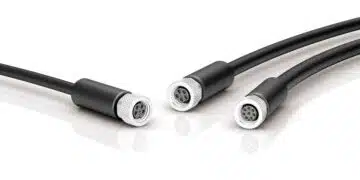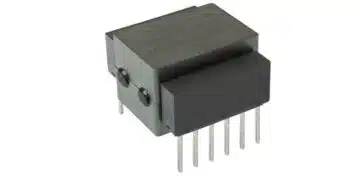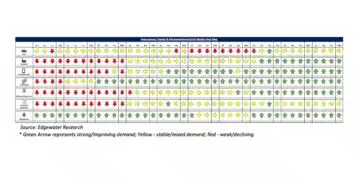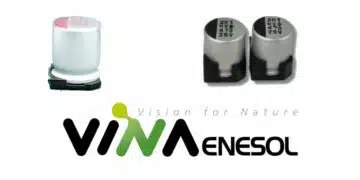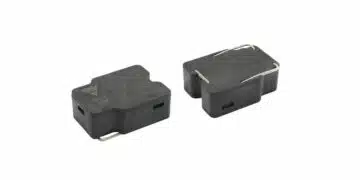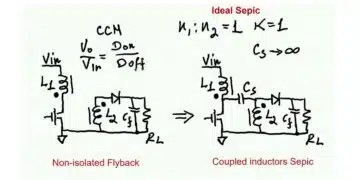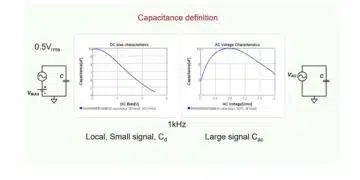The Vishay Thin Film TNPW is considered as the best in class product for long term stability, offering a wide range of resistance values and superior moisture resistivity with the Vishay Specialized Passivation Method. See its structure and features in Vishay video introduction.
The TNPW is sulfur-impervious and AEC-Q200 qualified, making it suitable for applications where precision and long term stability are required. The power rating has also been upgraded and the series is now offered with 0201 case size. Another technical highlight is the low resistance values combined with 0.1% precision, which is not commonly seen in the market.


